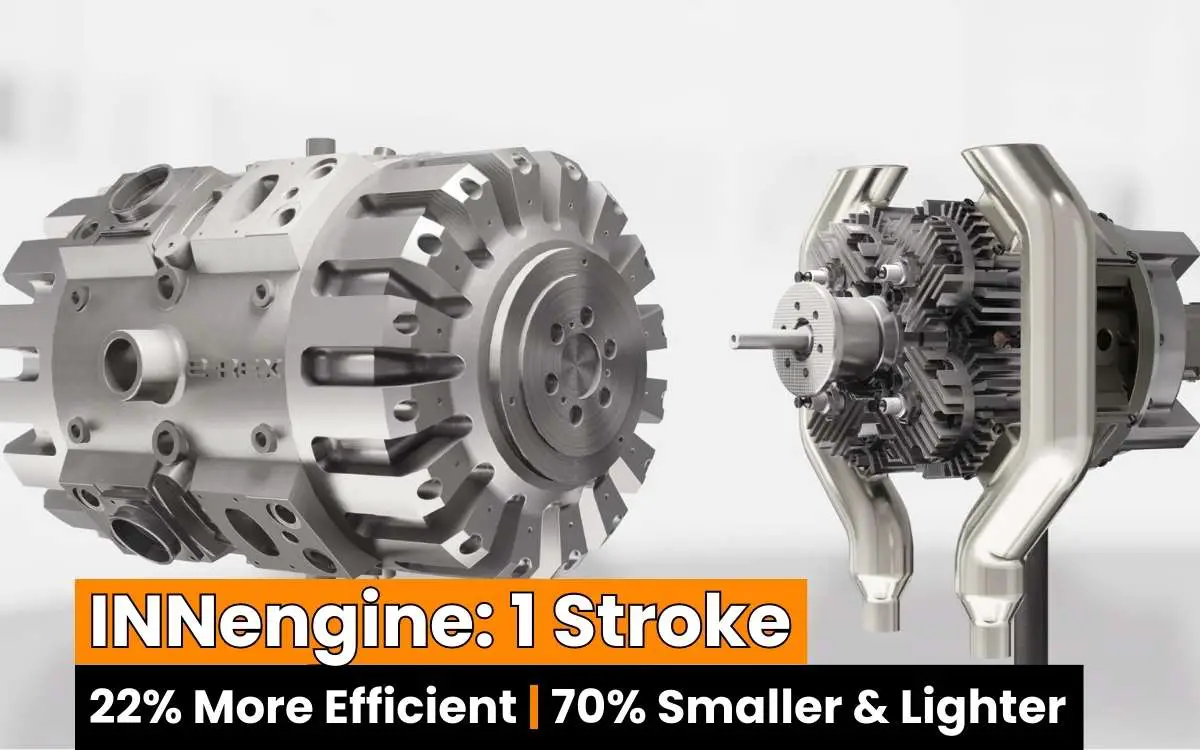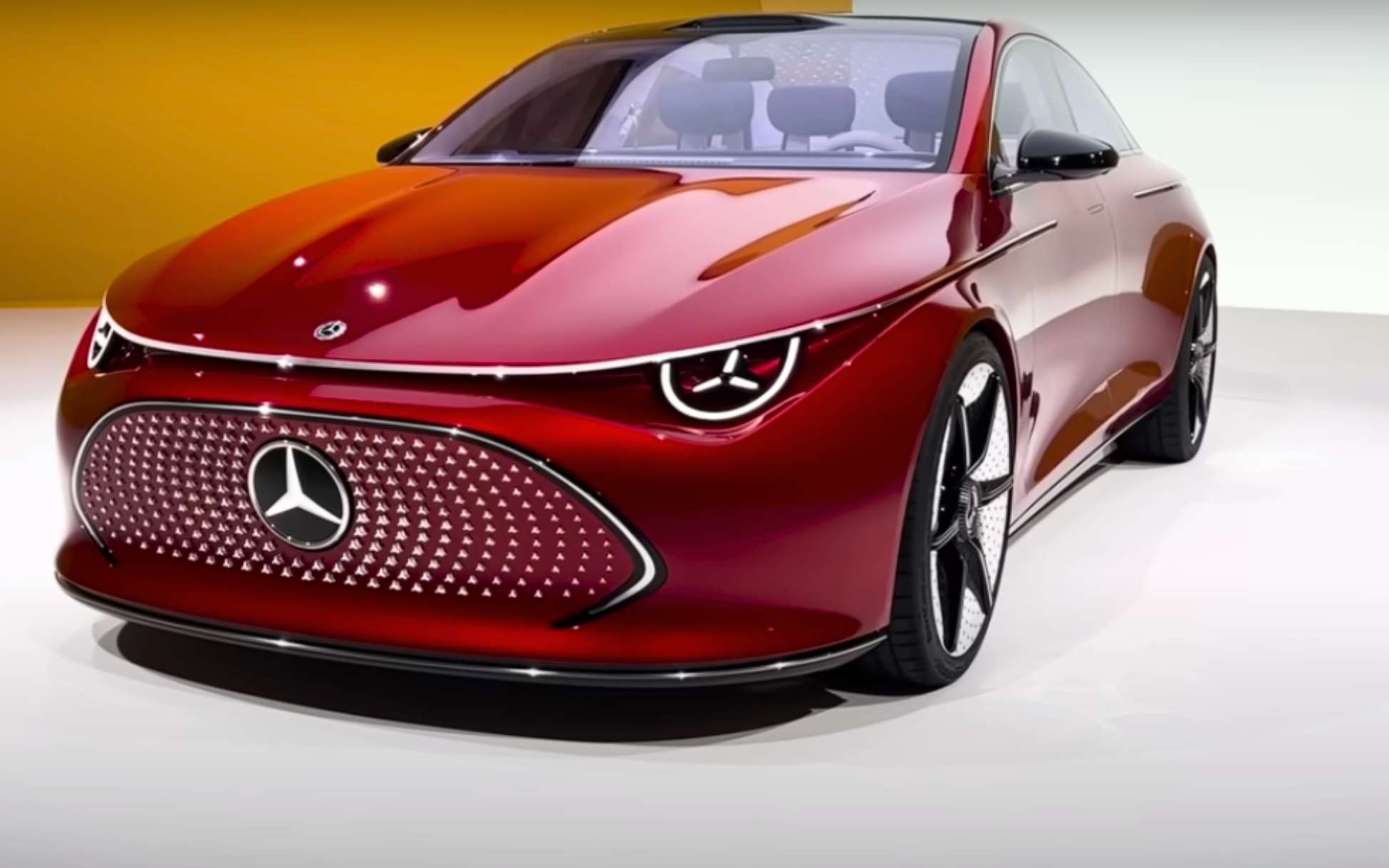The world of automotive engineering is constantly evolving, with new concepts and technologies emerging to challenge the status quo. We brought you Toyota’s hydrogen-powered engine, that set to challenge the EV trend.
One such innovation is the INNengine, a unique powerplant that has been making waves with its unconventional design and claims of impressive performance.
In this article, we’ll go into specifics of the INNengine, breaking down its anatomy, mechanics, benefits, and potential applications.
Whether you’re a tech enthusiast or just curious about the future of engines, this read will provide you with a good understanding without drowning you in technical jargon.
The INNengine: A Stroke of Genius
The heart of the INNengine’s uniqueness lies in its distinct design – a one-stroke engine that challenges traditional combustion paradigms.
Developed in the picturesque city of Granada, Spain, this lightweight powerhouse boasts an impressive 120 horsepower from a mere 500 cc of displacement.
Weighing in at just 35 kilograms, the INNengine seems poised to revolutionize the automotive industry. And, it is not just a concept, it has already been installed and tested in Mazda MX-5.
Under the Hood: Anatomy and Operation of INNengine
The INNengine redefines traditional engines with its unique design. Featuring eight opposed pistons and a novel “wavy thing” in lieu of a crankshaft, this powerhouse operates in a distinctive manner.
Pistons and the Enigmatic Wavy Element
The engine’s core consists of eight opposed pistons and a peculiar wavy component.
As combustion forces exert pressure on the pistons, they, in turn, push against this wavy mechanism. The result? Rotation, which is generated as the pistons ride rollers along the surface.
This rotation, transferred via a common shaft, leads to torque outputs at both ends of the engine, offering the potential for a well-balanced four-wheel drive vehicle.
Driving Possibilities and Simplicity
The INNengine’s configuration opens avenues for four-wheel drive applications, unencumbered by valves, cams, or a cylinder head. Accessible and serviceable, this innovative engine design simplifies maintenance.
Valve-Free Breathing: Intake, Exhaust, and Combustion
Utilizing a piston-driven approach akin to two-stroke engines, the INNengine manages intake and exhaust through ports. Intake and exhaust cycles are meticulously orchestrated as pistons move, enabling air intake and exhaust expulsion.
Ignition and Power Generation
A spark ignites the air-fuel mixture, compelling pistons outward. This synchronized motion reveals intake and exhaust ports, with four pistons each dedicated to intake and exhaust duties.
Pressure Dynamics: Scavenging and Compression
To avoid exhaust interference, the INNengine employs scavenging, harmonizing intake and exhaust valve activity. Exhaust gas departure creates a vacuum, prompting fresh air influx and sustaining combustion.
Compression and Combustion
Ascending pistons seal intake and exhaust ports, initiating compression. Fuel injection, followed by combustion, propels pistons downward, igniting the wavy structure’s rotation, and generating torque.
By forgoing traditional valve systems and embracing direct injection, the INNengine stands as a testament to innovation and efficiency in modern engine design.
No Valves, No Problem: Breathing Life into the Engine
Curious how air enters and exits an engine bereft of valves? The INNengine embraces a concept reminiscent of two-stroke engines, utilizing intake and exhaust ports revealed by piston movement.
The absence of conventional intake valves eliminates issues like valve deposits seen in direct injection-only engines.
This ingenious system maintains air and fuel flow, while a central fuel injector and spark plug ignite the mixture for combustion.
The Controversy of the One-Stroke Claim
While the INNengine touts itself as a one-stroke wonder, closer inspection reveals a different reality.
A true one-stroke engine would necessitate a single rotation for full combustion, but the INNengine features two overlapping strokes.
This revelation underscores the complexity of engine design and highlights the importance of skepticism in technological claims.
Innovation vs. Tradition: Challenges and Advantages
The INNengine’s ascent faces various hurdles, not least the dominance of conventional engine designs fortified by a century of development.
However, the engine’s opposed piston architecture boasts inherent efficiency advantages, efficiently converting combustion energy into torque.
Furthermore, its variable compression ratio and perfect engine balance offer unique features that set it apart from its counterparts.
INNengine Has A Promising Future in Specialized Applications
The INNengine isn’t seeking to overthrow existing engines; instead, its strength lies in niche applications.
The ability to maintain operation regardless of orientation makes it appealing for light aircraft, drones, and maritime power generation.
Additionally, the engine’s potential to run on hydrogen hints at a sustainable future.
A Final Perspective: Separating Hype from Reality
As we navigate the landscape of technological advancement, it’s essential to critically evaluate innovations like the INNengine.
While it may not live up to the extravagant claims of being a true one-stroke wonder, it undeniably offers a fresh approach to internal combustion.
With a focus on simplicity, lightweight design, and unique applications, the INNengine proves that progress often involves reimagining the fundamentals.
Wrapping Up
The INNengine is a fascinating example of how innovation and tradition coexist in the realm of automotive engineering.
As we look to the future, it’s crucial to remember that every significant advancement was once a seemingly unconventional idea.
I’m excited to see how INNengine will be put to work in unique and interesting applications in the future.






Leave a Reply